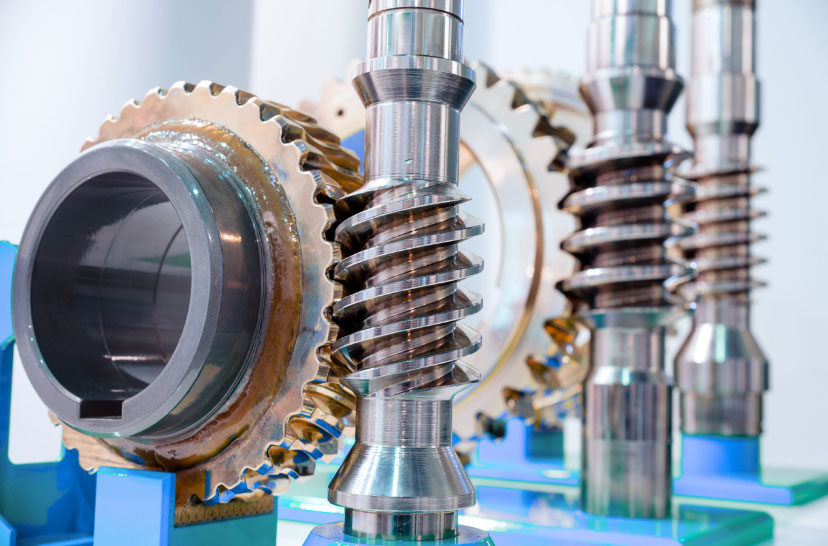
Helical gears have been a widely used technology in gearboxes due to their improved performance over spur gears. Helical gears are known for their smoother and quieter operation, increased load-carrying capacity, and higher efficiency. Since then, there might have been further advancements in helical gear technology.
- Material Advancements: The materials used in helical gears have evolved, with the introduction of high-strength alloys and advanced heat treatment processes. These improvements enhance the gears’ durability, reducing wear and increasing their lifespan.
- Precision Manufacturing: Advances in manufacturing technology, such as CNC machining and 3D printing, have allowed for more precise and complex gear designs. This level of precision helps in reducing noise, vibrations, and losses due to friction.
- Profile Modifications: Gear manufacturers have developed new profile modifications to optimize gear performance. These modifications include profile crowning, tip relief, and flank modifications, all aimed at reducing contact stresses and improving load distribution.
- Lubrication and Coating: Innovations in lubrication techniques and coatings have been applied to helical gears to further reduce friction and wear. Proper lubrication enhances the gear’s efficiency and lowers maintenance requirements.
- Simulation and Modeling: The use of advanced computer simulation and modeling software has enabled engineers to optimize gear designs and analyze their performance under various operating conditions. This has led to more efficient and reliable gear systems.
- Noise Reduction: Helical gears inherently produce less noise compared to spur gears, but ongoing research has focused on further reducing noise levels. Noise dampening materials and improved gear tooth profiles have been developed to address this aspect.
- Lightweight Design: In various industries, lightweight design has become increasingly important to improve fuel efficiency and reduce environmental impact. Helical gears have been subject to optimization efforts to achieve lighter yet strong gear structures.
- Integration with Smart Systems: The rise of Industry 4.0 and the Internet of Things (IoT) has led to the integration of smart systems with gearboxes. Sensors and monitoring technologies are being used to gather real-time data on gear performance, enabling predictive maintenance and improving overall system efficiency.
It’s worth noting that these advancements are part of the ongoing research and development in the field of gear technology, and there might have been further breakthroughs and refinements in helical gear technology since my last update. To get the most up-to-date information on the topic, I recommend consulting recent scholarly articles, industry publications, and the latest news in the field of mechanical engineering and gear technology.
